I decided to install LED headlamp bulbs in my car in the hope that I can avoid replacing bulbs every year. I was quite surprised to find that I can't fit replacement bulbs in my car due to the bulbs having a huge heatsink and, indeed, a fan to keep them cool. I don't have sufficient space in my lamp housing to incorporate the extra hardware.
Looking on Wikipedia at the relative efficiencies of halogen and LED I see that they are both hugely less efficient than I anticipated:
Halogen 3.5% (typical)
LED 14.9% (worst case)
My usual halogen bulbs use 55 watts, and higher-output LEDs use 20 watts. Therefore, the halogen bulbs are creating:
96.5% * 55 watts = 53 watts of heat
The LEDs:
85.1% * 20 watts = 17 watts of heat.
Why do the LEDs need active cooling when the halogen bulbs don't - yet they create over 3 times the waste heat?
